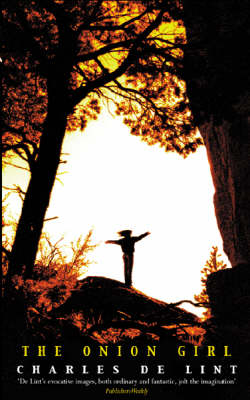
nannah
Written on Mar 14, 2015
rape
drug addiction
This book was difficult to read. A friend recommended it to me, and, though I know why, the fact that she was my friend was the only reason I finished this book. Coming from an abusive household made Jilly and Raylene's PoVs and backstories sometimes hard to stomach. The abuse scenes weren't particularly graphic, but they were very triggering, and I strongly advise people who were/are in similar situations to be very careful before picking up this book.
I also want to caution people who are disabled or people who have chronic illnesses. Some may find it great representation! And that's wonderful. Jilly Coppercorn, the MC, has been through a horrible car accident and is bedridden with paralysis on one side. She goes through a lot of negativity, thinking of herself as the "Broken Girl," but eventually comes to terms with herself. Spoilers, perhaps? But it's hardly surprising. However the book is very difficult to read if you're in a difficult situation yourself. Yes, the MC finds some sort of peace at the end with her disability, but during the process there are a lot of awful thoughts. I have a chronic illness, which limits what I can do dramatically (running, any kind of sports, things with my hands, etc. etc. etc.), and reading this was very, very hard. I would never want to go through it again.
But on to the book itself.
Some books are written so the reader doesn't know they're even reading, and some books are written so the reader is definitely aware they're reading beautiful prose without being deprived of visuals. The Onion Girl is of the latter category. I looooved the prose - when Charles de Lint wasn't lecturing. The dialogue . . . not so much. The girls had such stilted dialogue that could (should?) have been edited out - there is so much time dedicated to explaining what I could get contextually. It's almost written in children's video-game style: "Let's go here." "That's a good idea, but how about we go here first, so we can do this?" "Good idea, let's do that."
I have a feeling there were too much characters to keep track of and to give arcs to, so they were left feeling very much like cardboard. I mean, I get it, it's a very long series, but I still feel like they could have been handled better (especially the characters in the World As Is). Speaking of, there were also too many subplots - some I believe included just to lecture (the pit bulls?).
I like the basic idea of the two sisters coming from similar situations who branched off and ended up quite differently, opposites who ended up facing each other in the climax. I also wish the climax would have felt more . . . climactic? Things dissolved too quickly for my taste. And after the climax, things just kind of dragged on, and I wished it had ended more succinctly.
To be a bit nitpicky, there were things that just . . . bothered me, too, about the way Charles de Lint described characters or used voice. Like using "coffee" to describe skin tone multiple times, and describing a dark-skinned couple as "exotic" another time - it shows a lack of creativity, and it's . . . not very respectful. There were also multiple times where I got a major queerphobic vibe from characters (especially Raylene, but I do understand that characters' views ≠ author's views). Apparently Charles de Lint wrote books with queer characters, so I'll wait with my judgement on this issue, though I really didn't appreciate the lesbophobic and homophobic slurs being thrown around so often. Not sure what the point was, as it really didn't have a subplot or anything.
Anyway, this was my first book by Charles de Lint, and I have a lot of his books on my to-read list, but I'll probably be a lot more cautious next time.
